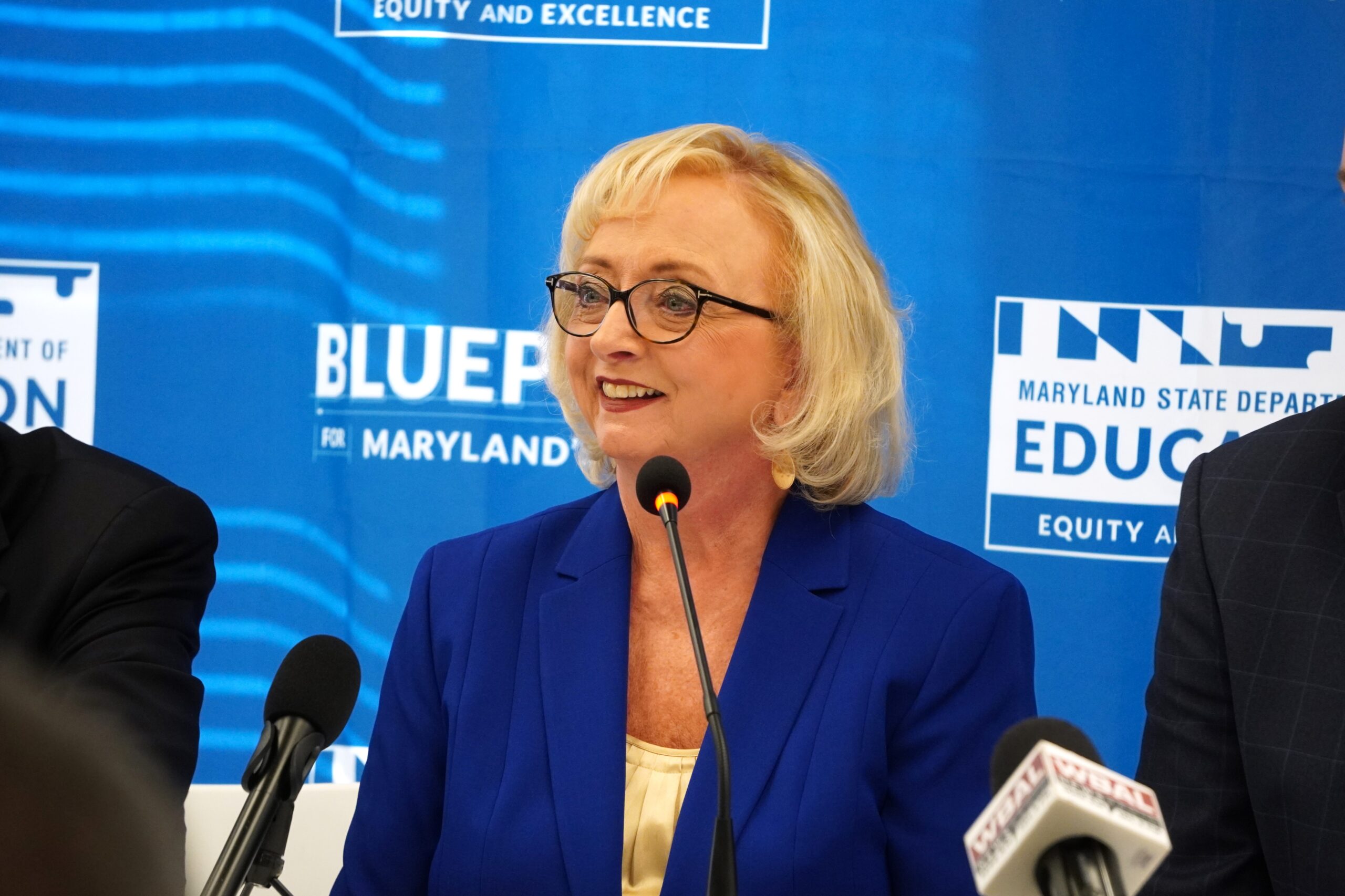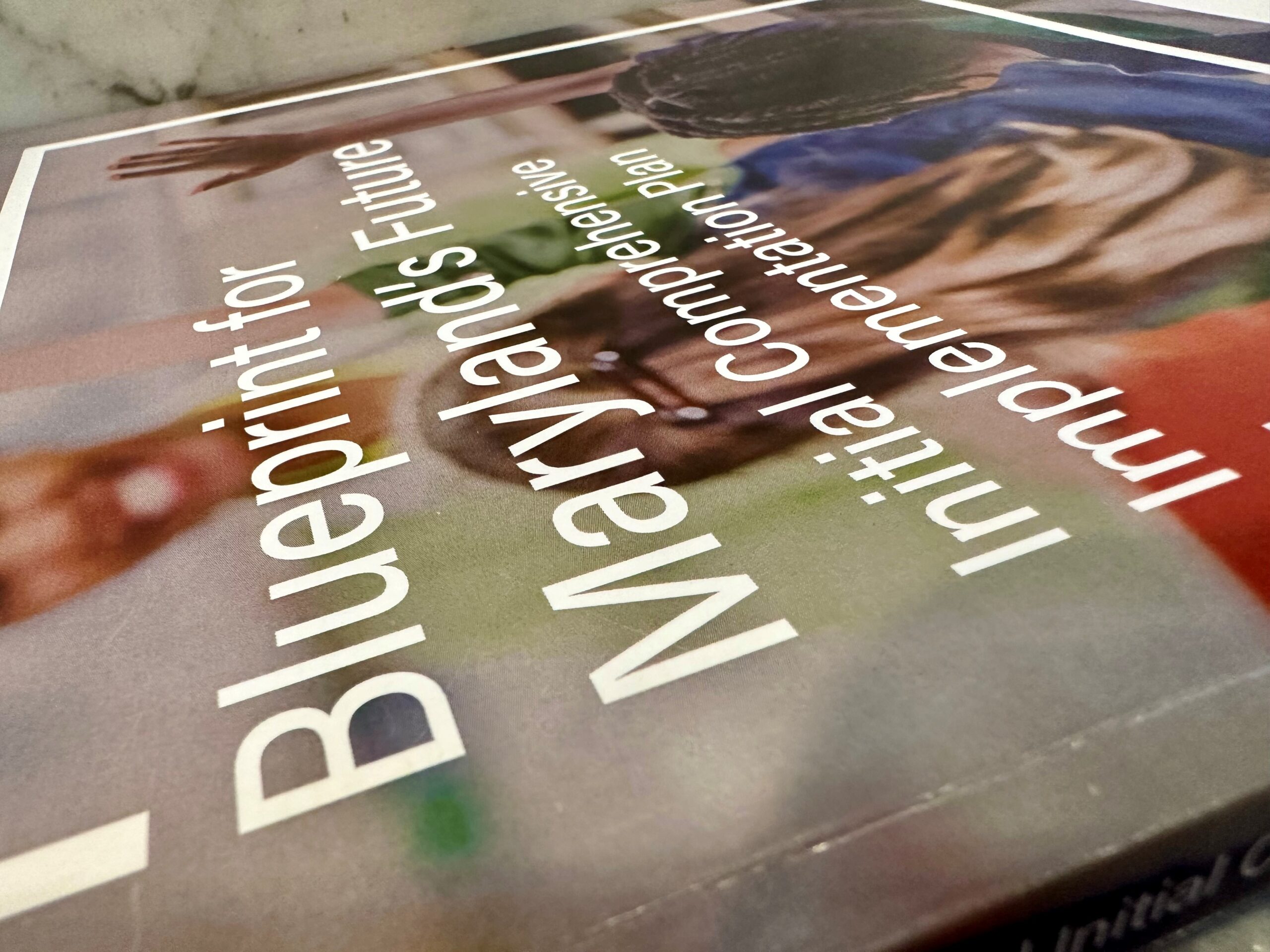
Hettleman was a member of the Maryland Commission on Innovation and Excellence in Education (also known as the Kirwan Commission), a former Baltimore City school board member, a former deputy mayor of Baltimore and a former Maryland secretary of Human Resources.
Zogby is the co-chair of the Maryland Down Syndrome Advocacy Coalition and outreach coordinator for the Trace R&D Center for inclusive information and communication technology at the University of Maryland.
Chester Finn, Jr., a preeminent policy expert and former member of the Kirwan Commission and the Maryland State Board of Education, once observed: “Perhaps no challenge in American schooling is as perplexing and under-examined as special education … change is desperately needed in this corner of the K-12 world.” Maryland’s more than 105,000 students in special education are shamefully under-served and under-performing.
But Maryland is now positioned to change that. The Blueprint for Maryland’s Future sets the stage, and the Blueprint Accountability and Implementation Board has superbly charted a course for reform of special education that can be a model for the nation.
The AIB requires the Maryland State Department of Education to create a Special Education Workgroup that will develop recommendations to improve instruction, teacher quality and, if necessary, resources beyond current Blueprint funding.
That may not sound like a big deal, just another ho-hum study. But it has strong potential to be historic. The scope of the Special Education Workgroup exceeds any special education reform effort anywhere in the country. And if the workgroup acts with the boldness that marks other features of the Blueprint, it could lead to the literal reinvention of special education.
It must be understood that special education has largely failed because its original intent has been distorted. It’s being asked to provide services far beyond its competence and resources. And accountability has been lost, if it ever existed at all.
The passage in 1975 of the federal law that is now the Individuals with Disabilities Education Act was intended to end the “warehousing” or exclusion from public schools of the millions of students with intellectual disabilities, sensory impairments and other significant disabilities. However, over the past four decades, students who do not have “clear and evident” disabilities have been increasingly placed in special education. These students, described in a 2019 book by one of the co-authors of this piece, as “Mislabeled as Disabled,” are struggling learners who fall far behind and, as a last resort, are “dumped” into special education.
This is flagrantly illegal. Students are not supposed to be eligible for special education unless they have received adequate instruction in general education. But such instruction is generally lacking, especially for students who are poor and of color. Nor is adequate instruction provided in special education. In fact, almost all “mislabeled” students fall even farther behind in special education.
Yet, the public assumption is that special education primarily serves students who have intellectual disabilities, are blind/vision impaired or deaf/hearing impaired, and/or have severe physical disabilities. And here’s the real shocker: these students comprise only 10 to 15 percent of all students in special education.
While services for and achievement levels of these students are improved since IDEA’s introduction, they still fall far short. One of the biggest reasons is that the remaining 85 to 90 percent of students in special education, who have been largely failed by general education, deflect attention and drain resources.
The rescue and remake of special education must restore the system’s original intent. Margaret J. McLaughlin, then a professor of special education at the University of Maryland, wrote of the acute need to ”take special education policy back to its roots as an educational law that pertains only to students with clear and evident disabilities … as opposed to having special education programs provide compensatory services for students whose only ‘disability’ has been poor or insufficient general education.”
Thus, the Special Education Workgroup must embrace recommendations to vastly improve instruction in general education, preventing illegal referrals to special education. The known path to this is progressively intense interventions, the earlier the better, usually called Multi-Tiered Systems of Support (MTSS) for struggling learners.
Of course, students with “clear and evident” disabilities who should benefit from special education are also under-served. As national experts attest, they can achieve at much higher levels than they do. However, their ability is underestimated. IQ tests, which have an oversized role in determining disability classifications, are not reliable indicators of individual potential. And low expectations become self-fulfilling prophecies. Researchers have found that “many lacked an opportunity to learn the content needed for successful learning.” Raising expectations and reversing the ongoing and pervasive segregation of these students could make that opportunity possible.
Another prime focus of the Special Education Workgroup must be teacher quality. Special education teachers are notoriously unprepared in teacher colleges and via state certification requirements. Nor are general education teachers prepared to support special education students, almost all of whom should spend substantial time in inclusive general education classrooms and activities.
A final big subject for the workgroup is money. What are the costs of evidence-based services for all students in special education? For MTSS interventions in general education? And, with special educators in short supply, for teacher recruitment and retention?
The Blueprint funding for special education projects that overall reforms, including MTSS, will reduce the number of students in special education by 50 percent or more by 2032 — call it de facto reinvention. Unfortunately, assumptions have changed dramatically.
Learning loss from the pandemic will cause many more students to fall behind, particularly students in the early grades, causing even more students to be mislabeled and “dumped” into special education. And it’s increasingly apparent that Blueprint funding is inadequate for general education, including MTSS. All told, the projected 50 percent drop-off of students in special education seems unachievable.
Still, the Blueprint Accountability and Implementation Board has put Maryland on a path to reform, well ahead of other states. The Special Education Workgroup, led by the AIB and MSDE, should set its sights high — and wide, integrating general and special education so Maryland can meet the needs of all students.




 Creative Commons Attribution
Creative Commons Attribution